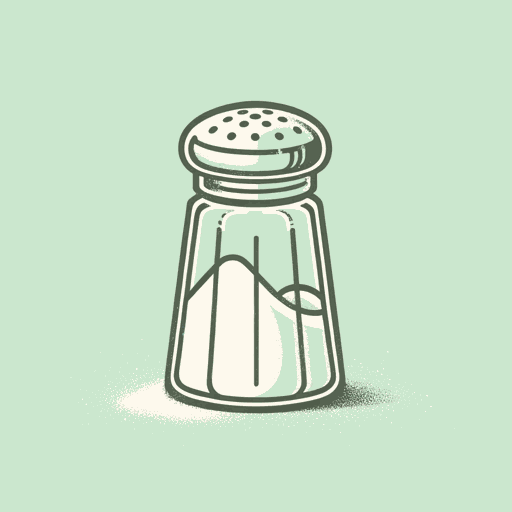51 pages • 1 hour read
Mark KurlanskySalt: A World History
Nonfiction | Book | Adult | Published in 2002A modern alternative to SparkNotes and CliffsNotes, SuperSummary offers high-quality Study Guides with detailed chapter summaries and analysis of major themes, characters, and more.
Part 3: Chapters 24-26 Chapter Summaries & Analyses
Part 3: “Sodium’s Perfect Marriage”
Part 3, Chapter 24 Summary: “Ma, La, and Mao”
Kurlansky writes that “[t]he Chinese have been slow to part not only with their emperors but with many of their ancient ideas” (288). He specifically cites attitudes towards food and salt. Food and salt seem to have more meaning to the Chinese than other cultures, particularly in Sichuan cuisine, which was generally seen as the best Chinese food, in no small part given that Mao Zedong said it was the best: “The notion of balancing principal flavors is central to Chinese cooking. The six of Sichuan food are expressed as a musical jingle: ‘ma, la, tian, suan, xian, ku” (389). Salt is the most used flavor and is represented by “xian.” There is no consensus among historians as to why Chinese food is seasoned with products that are pickled in salt, versus “grains of salt added directly to food” (392).
Part 3, Chapter 25 Summary: “More Salt than Fish”
Kurlansky writes that “[t]he idea that salt enhances the taste of sugar has not entirely vanished from the West. It is a guiding concept of the snack food industry” (399). Oversalting is a good way to ruin a product, and some merchants try to mask this taste by adding sugar.
In the Baltic Sea, the patterns of herrings remain unpredictable.


